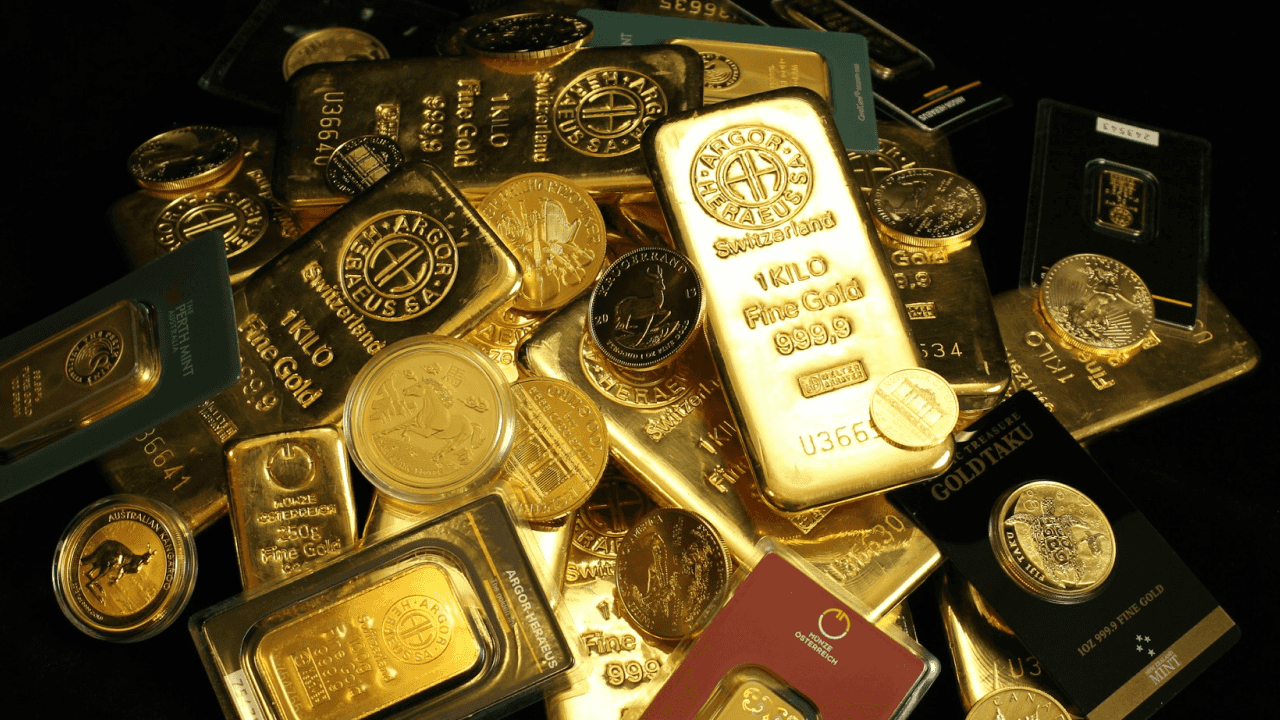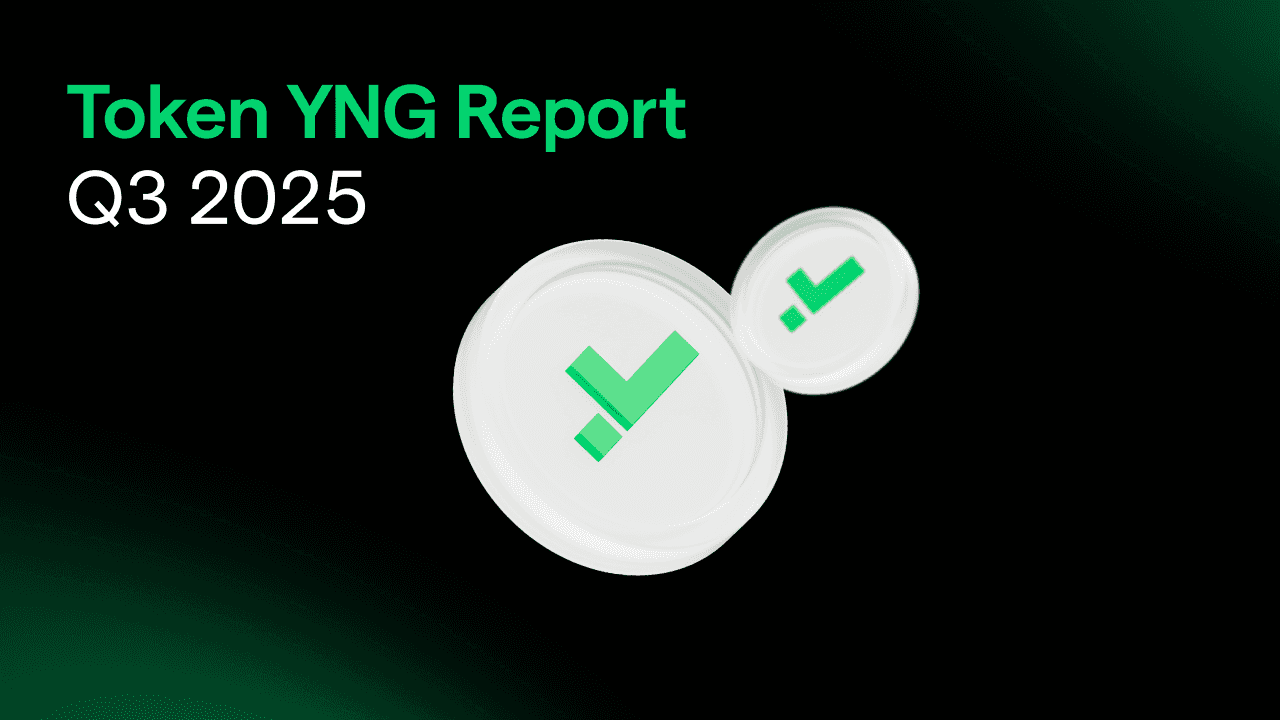
The gold price continues its upward journey, having broken the $3,500/ounce mark and now hovering around $3,300. What is happening?
Over the past year, the price of gold has increased from approximately $2,300 to $3,300 per ounce, representing a 42% rise. This surge has broken through the psychological threshold of $3,500. Factors such as the pandemic and ongoing wars have created a volatile environment, prompting investors to seek safer options. But what exactly has led to this situation? And most importantly, is the bullish trend likely to continue?
Understanding gold prices: A premise that might help you
Understanding gold price movements requires an appreciation of the historical significance and characteristics that make this metal precious. Gold is a unique commodity that has been a part of human culture for thousands of years. The earliest evidence of its use as a medium of exchange dates back to ancient Egyptian and Sumerian civilisations, with the first gold coins minted as early as the eighth century BC. This lasting presence is due to its intrinsic physical properties, such as malleability, durability, divisibility, and rarity, which make it highly sought after. Additionally, with the rise of the electronics industry, gold’s capabilities in thermal and electrical conduction are increasingly being utilised.
Throughout history, gold has been consistently recognised as a reliable store of value, serving as a means to preserve wealth over time. Major events, such as the collapse of monarchies and empires, wars, pandemics, and financial crises, have led to significant changes in historical epochs and economic systems. However, these events have not diminished the collective perception of gold. Its association with security, stability, and wealth preservation is deeply embedded in the ordinary consciousness, which contributes to high investor confidence.
This combination of factors ensures that gold remains in high demand. However, this demand must contend with the limited supply available on our planet. As a result, the price of gold in the markets is determined by the balance of supply and demand.
Once we grasp how gold operates, we can analyse the factors influencing its market performance.
What is driving the gold price upwards?
As we have mentioned, the price of gold is influenced by the law of supply and demand, along with a complex set of underlying dynamics that involve numerous variables. However, we prefer to keep things simple. Essentially, the price of gold is directly proportional to the level of instability, whether perceived or real, in various situations, such as economic, geopolitical, or health-related issues. The greater the instability, the higher the demand for gold, which in turn increases its price. Conversely, when the situation is more stable, the price tends to be more consistent and less affected by sudden fluctuations in demand.
Remember the frantic rush at supermarkets when the lockdown was announced? In that moment of panic, people rushed to buy staples like pulses, which are considered essential survival foods due to their long shelf life, ease of storage, and nutritional value. In normal circumstances, how often do you keep borlotti beans stocked at home? Not very likely. Similarly, gold acts like legumes—it’s not something you consume, but rather the ultimate haven during times of significant stress.
So, why has gold reached record highs this time around?
Pandemics, wars and inflation: the perfect storm
Since March 2024, the price of gold has surged from EUR 2,000 to EUR 3,300 per ounce—an impressive 63% increase—breaking through the psychological threshold of EUR 3,500. It’s remarkable to consider that just twenty years ago, the price of gold ranged between $400 and $500 per ounce.
This trend is not surprising when we examine individual adverse macroeconomic events that correlate with gold’s price increases. For instance, during the 2008 financial crisis, the price of gold rose from $711 an ounce to $1,820 within three years. Similarly, from January 2020 to July 2020, the COVID-19 pandemic and associated lockdowns drove the price up by 30%. More recently, from February 2022 to the present, factors such as the Russian invasion of Ukraine, the escalation of the Israeli-Palestinian conflict, and the election of Donald Trump have contributed to a nearly 85% increase in gold prices.
Black clouds gather on the horizon: Covid-19 breaks out.
During the COVID-19 years, governments and central banks around the world implemented unprecedented expansionary fiscal measures to support their economies, businesses, and citizens. For instance, in Europe, the NextGenerationEU initiative amounts to EUR 806 billion, which is part of a larger EUR 2 trillion aid package. In the United States, the total fiscal stimulus approved during this period reached approximately USD 6.9 trillion. Throughout all of this, interest rates remained near zero.
What happens when the amount of money in circulation increases so dramatically? The answer is that inflation rises. So, how do major investors typically respond to rising inflation? They tend to turn to gold to protect their capital from devaluation.
It’s starting to pour: Russia invades Ukraine.e
Despite various challenges, the economy began to recover, allowing central banks to finally address the issue of inflation. In 2022, the Federal Reserve started raising interest rates, followed by the European Central Bank and other central banks and financial institutions. However, at that time, Vladimir Putin decided to invade Ukraine, leading to a significant shock in the supply of energy and raw materials, particularly food. Russia is a major exporter of gas and oil, while Ukraine, often referred to as the “Granary of Europe,” is a vital supplier of grain.
This situation led to another spike in prices, further increasing the cost of living. Do you remember how much gasoline cost in the summer of 2022? It was around €2 per litre. Setting aside the discussion about energy-intensive businesses, the rise in road transport costs alone contributed to price increases across various sectors. We know that rising prices lead to a decrease in purchasing power, which in turn fuels inflation. And when inflation rises, a “gold rush” begins, reminiscent of Scrooge McDuck’s Klondike adventures.
Lightning and thunderbolts: the Middle East catches fire
The geopolitical situation is precarious; however, overall, economies are managing to hold up, partly due to the expansive policies implemented during the COVID-19 era. Yet, less than a year after the invasion, another front of conflict emerges: the Israeli-Palestinian conflict escalates once again, igniting tensions in the Middle East. Among the events that unfold, the Houthi terrorist group begins launching missiles in retaliation near the Bab-el-Mandeb Strait, a crucial maritime chokepoint between Yemen and the Horn of Africa that leads to the Suez Canal, through which approximately 15% of global maritime trade passes. Commercial cargo ships, the primary targets of Houthi attacks, are now compelled to avoid the Suez Canal and instead sail around Africa to reach Europe, resulting in an additional 10 to 15 days of travel time. This diversion has inevitably led to a widespread increase in prices. And when prices rise, inflation follows, prompting many to rush to check the gold price in hopes of purchasing a few ounces.
The storm is now perfect: Donald Trump announces customs duties
Just when you thought the situation couldn’t get any worse, Donald Trump won the election. He decides to create panic in the world’s economic and financial institutions by mentioning one key term: tariffs and duties. In a highly globalised and interconnected market like that of the 21st century, if the leading economy imposes significant tariffs, suspended until Jul, the situation becomes quite serious. This not only increases the risk of inflation, as the barriers to entry drive up the final prices of imported goods, but also raises fears of a recession due to a substantial slowdown in economic activity.
Since April 9, the day Trump announced the tariffs, the price of gold has surpassed the psychological barrier of $3,500 an ounce, marking a 15% increase, before retracing and stabilising around $3,300.
Gold prices in the future: Will the trend continue?
A report by Goldman Sachs highlights an intriguing fact regarding central banks’ interest in gold. Since the freezing of the Russian central bank’s assets in 2022, following the invasion of Ukraine, the average monthly demand for gold has surged from 17 to 108 tonnes. Goldman Sachs predicts that by the end of 2025, the price of gold could reach between $3,650 and $3,950 per ounce, while JP Morgan estimates it may exceed $4,000 per ounce in 2026. In summary, many authoritative sources believe that the combination of pandemics, wars, and tariffs will continue to drive gold prices upward.
Now that you’re familiar with gold, its history, and its characteristics as an anti-inflation safe-haven asset, you might be interested in learning about ‘digital gold,’ which is Bitcoin. A good starting point is our article explaining how to protect yourself from inflation using Bitcoin. Don’t forget to subscribe below to stay updated!




